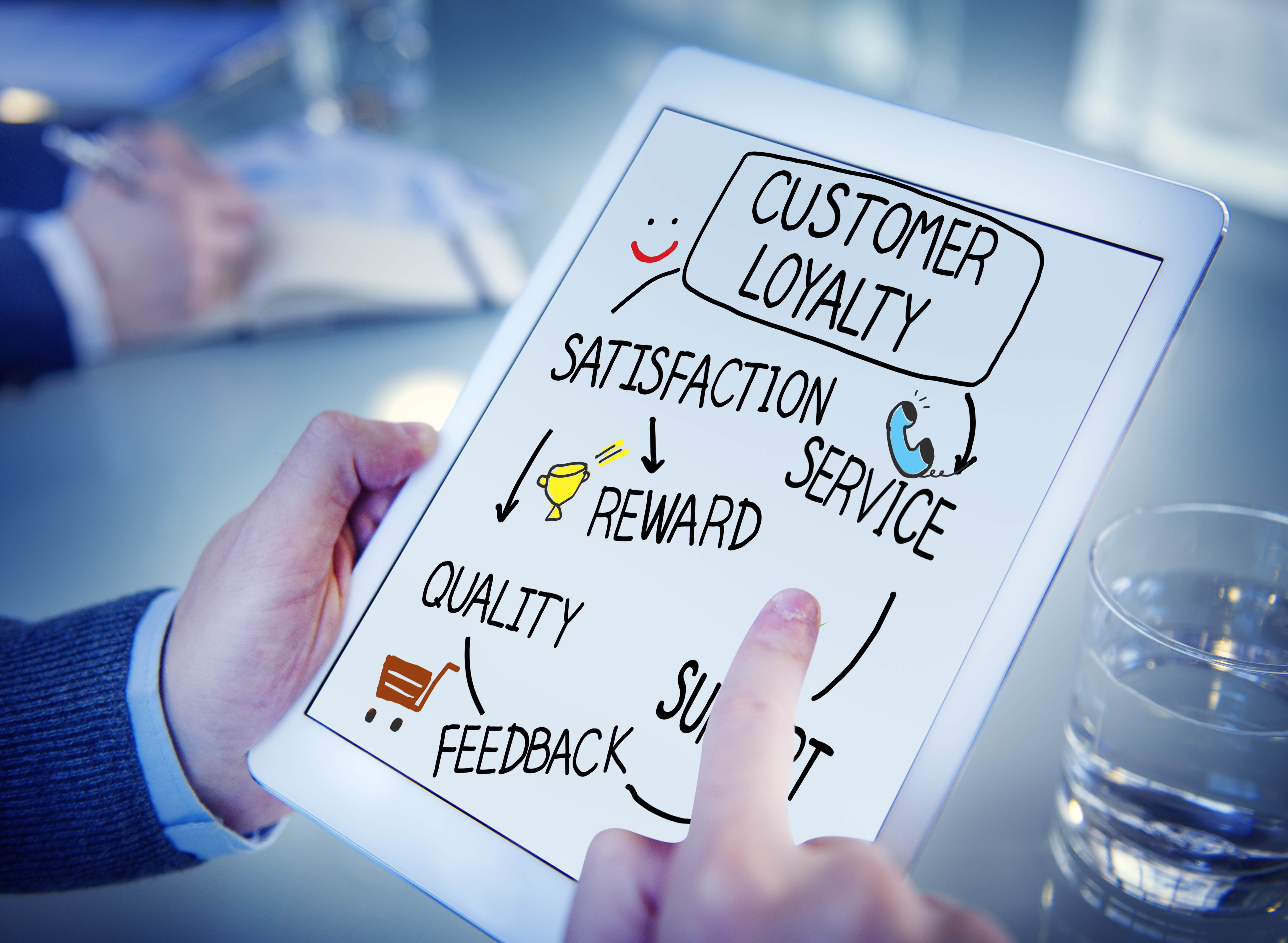Do you know your Future Customer?
It is clear that bad (and good) experiences can have a huge impact on customer perceptions and future decision making and a good understanding of who your customers are – and what needs they have – is key to providing good service.
The persona touch
Unlike, say, a small independent coffee shop, a major corporation cannot hope to really ‘know’ all of its customers, of course. But many big companies are now using ‘segmentation’ and customer ‘personas’ to gain a highly useful approximation of their customer base.
Segmentation typically divides customers into groups according to common attributes. The four common types of data included are: demographic (e.g. age, gender), geographic (e.g. location), behavioural (e.g. spend, preferred mode of transport), and psychographic (e.g. attitudes, personality) – with the most effective models usually taking all four types into consideration.
Personas can then ‘breathe life’ into the resulting segments, by creating fictional customers whose characteristics and needs are closely aligned to some of the more significant groupings that have been identified. So far, these personas have primarily been used to enable more targeted design, marketing and communications. In the future, however, it is possible that personas could be used in conjunction with real-time customer data to support day-to-day business operations, and even to avoid reputational issues before they arise.

‘Commuter’ is not a persona
The rail industry has historically relied on fairly basic ‘situational’ segmentations, such as the ones which classify passengers according to their general journey purpose, e.g. commuting, business or leisure. This does not provide a meaningful enough division of the overall train-travelling public, not least because the ‘commuter’ group currently accounts for more than half of all travellers on the UK rail network.
However, more complex uses of segmentation within the transport sector are emerging. Transport for London, for example, have come up with nine distinct segments to classify Londoners but deploy different segmentations for their website visitors and transport users. The point is that different projects will require different approaches to segmentation and the resulting personas – there is no one set of personas that can be applied across the rail sector for all projects.
Heathrow Airport has used segmentation and personas to map out every conceivable journey through the airport with a system that takes into account not just physical factors but also emotional and digital elements. The system also recognises that individuals can switch between different types of ‘travel persona’ depending upon the particular journey they are making on any given day.
The future traveller
These are pioneering examples, but we are still only in the early stages of using complex and varied datasets to truly understand customer needs.
One general limitation to most of today’s segmentation models is that they tend to use data based on current customer profiles – rather than looking to anticipate the customer of the future.
This is of particular relevance to the rail sector, given the huge amount of planning and cost that goes into running fixed infrastructure networks. Since the industry must already look far into the future when thinking about long-term investments, capacity management, timetabling and pricing structures, it makes good sense to also consider the likely wishes of the consumer who will be using the network at those future points.
For example, to address the future challenge of overcrowding and to support the introduction of simpler, streamlined ticketing, the rail industry has been investigating the potential use of biometric tickets as part of a ‘gateless gateline’ system. As well as speeding up entry and exit at stations, systems like this could help elderly and reduced mobility passenger to travel more independently.

In order to generate future traveller personas, it is essential to cut across rail industry trends as well as trends in the wider future mobility and consumer markets (since it is fair to assume that consumer expectations of brands and services will apply to their purchasing of mobility in the future).
Since project lead times in the aviation sector tend to be even longer than those affecting rail, it is perhaps not surprising that Heathrow Airport is also playing a pioneering role in this area – with the generation of future passenger needs very much part of their measures to ‘future proof’ their customer profiling. In a 2016 article for International Airport Review, Director of Passenger Experience Fiona Carleton wrote that the airport “can’t expect our customers to necessarily know what they want us to do in the future so we have started to explore future mega-trends and are developing our hypotheses of what passengers will need Heathrow to be in the future; tracking trends to ensure we are ahead of the curve and truly passenger-centric”.
… and future society

Those future mega-trends will include not only future developments in the transport sector, but also the ‘bigger picture’ changes that are expected to affect society as a whole. Examples of this could include global trends (such as increased urbanisation) or national trends (such as the UK’s growing and ageing population). Technological advances, such as increased automation and connectivity, should also be kept in mind by forward-thinking companies who wish to make a start on developing their customer personas of the future.
Changes to work patterns could have a strong impact on the needs of future rail users. While the long-predicted demise of the traditional eight-hour working day has not yet come to pass for everybody, it is clear that the ‘nine to five’ is being steadily chipped away by the lure of more flexible working hours and the ability to work more from home.
For rail, this creates demand for much more flexible ticket pricing options and could see the traditional season ticket losing out in popularity to new ‘pay as you go’ options powered by smart and contactless ticketing systems.
Beyond rail
Another important point to consider when thinking about the traveller of the future is that many future rail users may not yet be using trains on a regular basis – and will therefore not be showing up in any present-day rail surveys. The young professionals of the 2030s will form an important part of that future rail-using public, but right now they have only just started secondary school. Similarly, there will be plenty of elderly rail users who may well be dependent on public transport in the 2030s, but who are now happily using their cars for the bulk of their transport needs.
As well as thinking about current non-rail-users when developing the customer personas of the future, it is essential to take a holistic view of mobility and consider rail as just one possible element in people’s end-to-end journeys. In keeping with the move towards ‘Mobility as a Service’ (MaaS), rail sector businesses will, of course, need to understand how rail can best meet their customers’ needs – but they will also have to understand how it can complement other modes of transport (including active transport) in doing so.
If rail is seen as a well-integrated part of a broader mobility ecosystem, it will benefit from increased numbers of happier travellers, with segmentation and personas helping to provide a more personalised service for customers, whether at the station, onboard the train or in easing the transition into the next part of the onward journey.
And what about our freight customers? Next week, Jane Dobson, RSSB’s Portfolio Head of Standards & Safety, and Tom Gadsby, Freight and Logistics Specialist at CPC, will discuss the challenges and opportunities for rail freight in the MaaS era.

